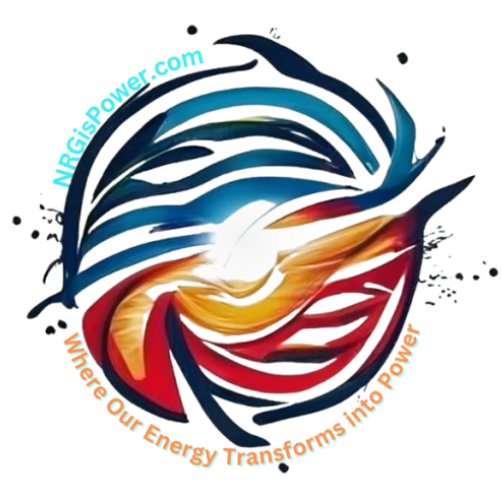Yin Yoga
Yin Yoga is a slow-paced style of yoga that involves holding poses, or asanas, for extended periods, typically ranging from 2 to 5 minutes (or even longer for advanced practitioners). Unlike more dynamic yoga styles that focus on muscle engagement, Yin Yoga targets the body’s deep connective tissues, including ligaments, joints, and fascia (the connective tissue that surrounds muscles and organs). Yin Yoga emphasizes relaxation, stillness, and mindfulness, making it a meditative and restorative practice.
Key Elements of Yin Yoga:
- Long Holds: Poses are held for several minutes, allowing the stretch to reach deeper connective tissues, helping to improve flexibility, release tension, and increase circulation.
- Passive Poses: Unlike active or “yang” styles of yoga, Yin Yoga involves relaxing the muscles and letting gravity gently deepen the stretch.
- Focus on Connective Tissues: By stretching and gently stressing ligaments, tendons, and fascia, Yin Yoga helps maintain the health and flexibility of these tissues, which tend to become stiffer with age or inactivity.
- Breath and Mindfulness: Yin Yoga incorporates mindfulness and breathing techniques to foster a calm, meditative state, promoting mental relaxation and stress relief.
Common Yin Yoga Poses:
Yin Yoga poses are often seated or reclined and are usually named differently to distinguish them from poses in more active styles of yoga. Examples include:
- Butterfly Pose: A deep hip stretch where the soles of the feet are together, and knees drop to the sides.
- Caterpillar Pose: A seated forward fold that stretches the back and hamstrings.
- Dragon Pose: A deep lunge that targets the hip flexors.
- Sphinx Pose: A gentle backbend for the lower back and spine.
- Reclining Twist: A gentle spinal twist that helps release tension in the back.
Benefits of Yin Yoga:
- Improved Flexibility: Regular practice increases flexibility by stretching deep connective tissues.
- Joint Health: Yin Yoga improves joint mobility and helps counteract the effects of aging by keeping the joints lubricated and flexible.
- Stress Reduction: The slow, meditative nature of Yin Yoga calms the nervous system and encourages deep relaxation, reducing stress and anxiety.
- Increased Circulation: The long-held poses increase blood flow and oxygen to areas that may not be reached in more active workouts.
- Emotional Release: Holding poses for an extended period can release stored emotional tension, leading to a sense of lightness and mental clarity.
How Yin Yoga Differs from Other Yoga Styles:
- Focus on Connective Tissue vs. Muscles: In dynamic or yang styles (like Vinyasa or Power Yoga), the primary focus is on muscle strengthening. Yin Yoga, on the other hand, works to lengthen and stretch the connective tissues.
- Less Movement: Yin Yoga involves fewer poses and less movement. Instead, it encourages stillness, with only a handful of poses in each session.
- Meditative Approach: Yin Yoga combines physical stretching with a meditative, inward-focused mindset, aiming for mental stillness and self-acceptance.
Practicing Yin Yoga:
Yin Yoga is suitable for all levels, including beginners. The key is to relax into each pose, find a “sweet spot” where there is sensation but no pain, and breathe deeply. Props like blocks, bolsters, and blankets are often used to support the body and make long holds more comfortable.
In summary, Yin Yoga is a gentle, introspective practice that enhances flexibility, joint health, and mental calmness through slow, extended holds and mindful breathing. It’s a perfect complement to more active styles of yoga, helping to create a balanced body and mind.

